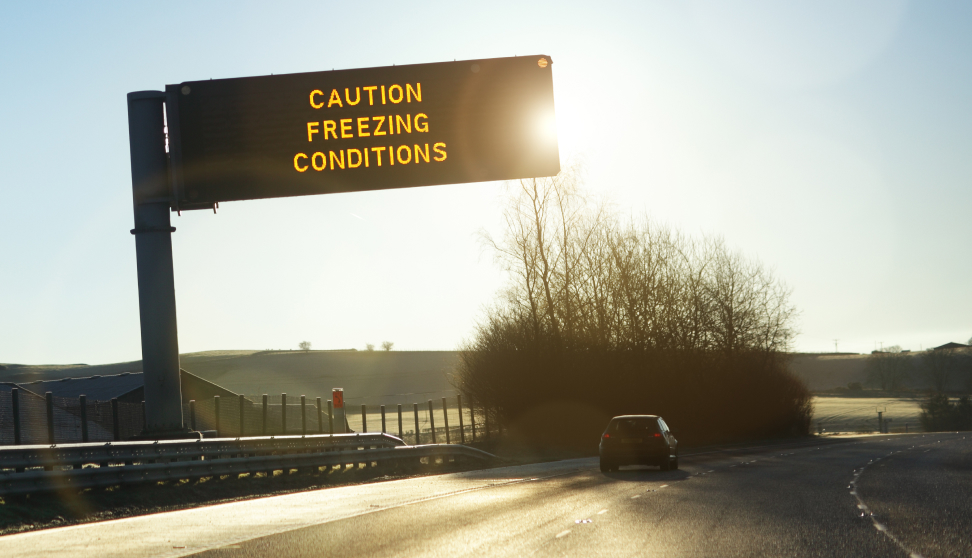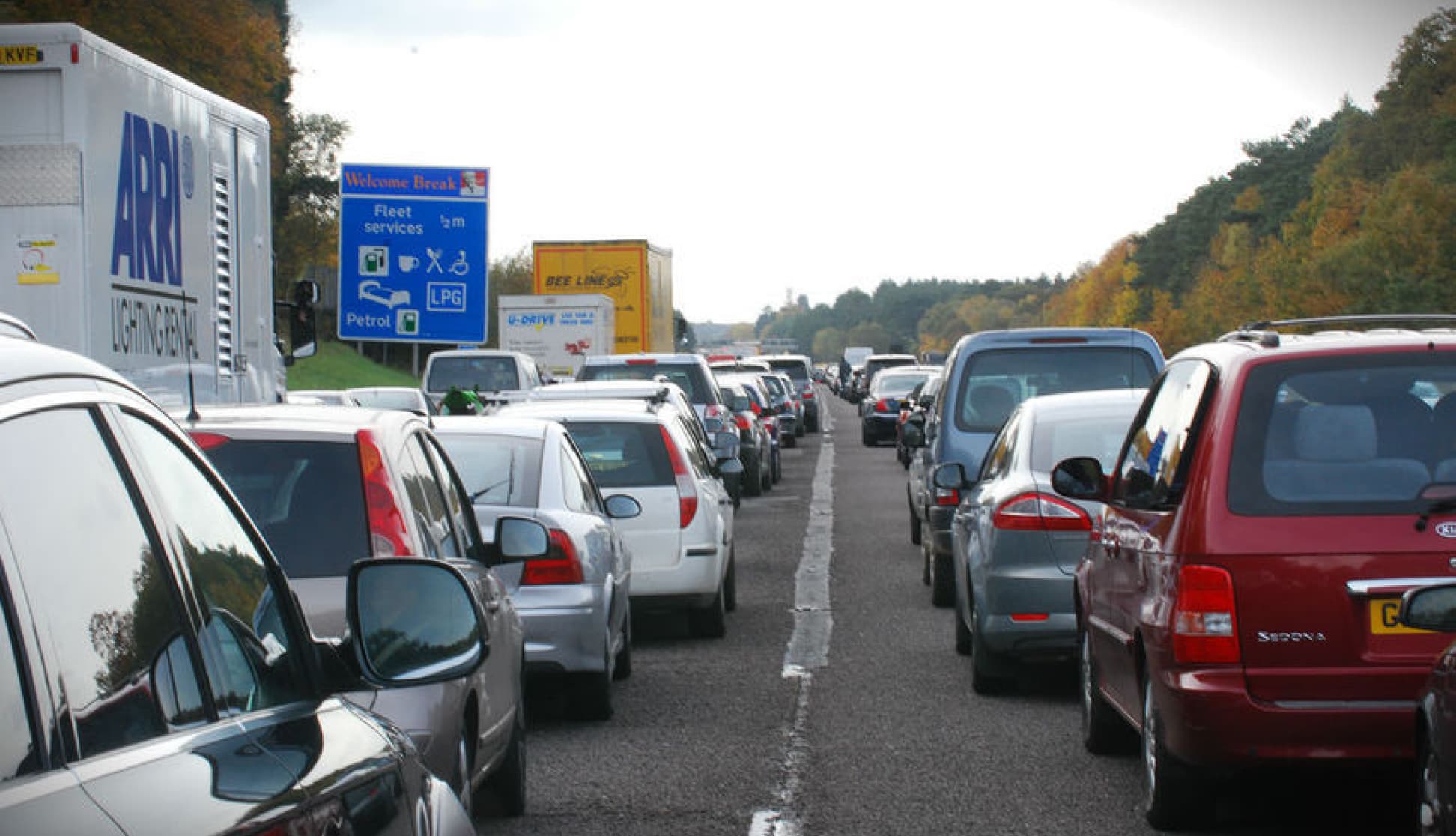How does sale and leaseback?
The leasing provider and the company agree when the transfer of the assets should take place. This date should be far enough in advance so as to give both parties time to iron out the details of the transaction.
The company should provide as much information as possible to the leasing provider, so that a comprehensive evaluation can be made. At a minimum, they will need to know:
- the exact specification of each vehicle
- the date of vehicle registration
- the last recorded mileage and date
- the maintenance history for each vehicle
- the new contract profile for the lease of each vehicle
Vehicle valuations and rentals
Based on the above information, the leasing company will make two calculations.
First, it will work out a purchase price for each vehicle based upon the age and mileage the company provides. The leasing company will likely use CAP or Glass to help value the vehicles. The exact condition of each vehicle is not really so important at this stage, so the leasing company will assume an average condition and will probably not need to see each vehicle. This is because any damage on a vehicle will be taken account when the contract ends.
In addition to a valuation, the leasing company will also calculate a lease rental for each vehicle. This will be based on your expectation of the life of each asset and the mileage you expect each vehicle to drive. It will take account of the current age, mileage and maintenance expenditure to date.
So if a vehicle is 24-months old and has 40,000 miles on the clock, you might tell the leasing company that you would like it on a 48-month contract, with a total of 80,000 miles. In other words, you'll run the vehicle for another 2 years and 40,000 miles.
The transfer of the assets
There may be some haggling about vehicle valuations and rentals but once agreement is reached, the leasing company will pay the company for the purchase of the vehicles. In return, the company will release the V5 registration documents to the leasing company.
The leasing company will normally take care of the paperwork and advise DVLA that they are the new owners. They will also raise contract paperwork for the hire of each vehicle.
An important final step that is often overlooked is to tell drivers about the change. They will need to know what's going on and they have to be told what arrangements are in place for servicing, road tax, emergencies and general enquiries.
The benefits of Sale and Leaseback
At the moment, almost half of UK fleets buy their vehicles. These organisations have decided that purchasing vehicles is right for them based on their experience, funding costs and operational requirements.
But things change of course and when they do, it may be that leasing becomes a more attractive proposition, which is where Sale and Leaseback comes in.
Of course, when I say leasing, it's almost certain that I am talking about Contract Hire.
Perhaps a business wants to improve cashflow or it needs to fund an acquisition internally and preserve the availability of bank credit facilities. Or, it may be that a business wants to reduce its overheads and outsource the day to day operations of the vehicle fleet to someone else.
Either way, Sale and Leaseback is an efficient and effective way for a company to liquidate its vehicle assets and turn this into capital.



